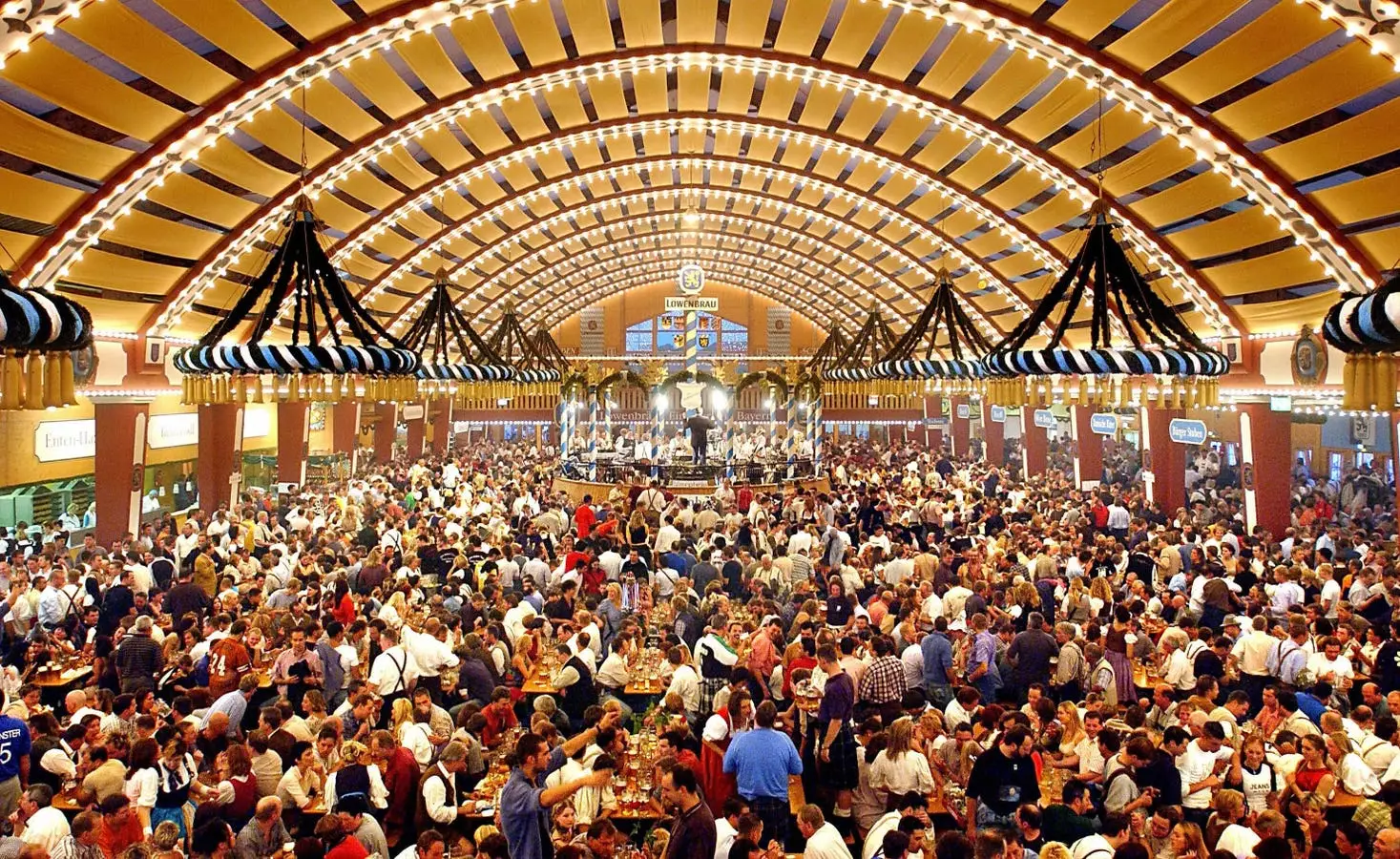Oktoberfest heralds one of the world’s most anticipated festivals, celebrated not just for its vibrant atmosphere but also rich cultural heritage. This article seeks to delve beyond the surface of the festival to provide a comprehensive understanding of its significance, key elements such as beer styles and traditional costumes, and ways to partake in the revelry—whether in Munich or elsewhere.
At the heart of Oktoberfest lies a fascinating history that shapes its contemporary vibe. The festival traces its roots back to 1810 when Crown Prince Ludwig married Princess Therese of Saxe-Hildburghausen. The joyous occasion sparked a public horse race held in a beautiful meadow, which was affectionately named Theresienwiese in honor of the bride. The festivities proved so popular that they gradually evolved into an agricultural fair, laying the groundwork for what we now celebrate as Oktoberfest.
The term “Wiesn” has become synonymous with Oktoberfest among locals, evoking imagery of expansive fairgrounds bustling with activity. While the festival has transformed over the years, this historic site continues to host millions of revelers yearly, melding tradition with modernity.
Beer takes center stage during Oktoberfest, yet the style served has significantly changed throughout the festival’s history. Initially, Märzen, an amber lager, dominated the scene. This traditional brew, characterized by its toasty flavor and 5.8% to 6.3% ABV, is what many outside Germany associate with Oktoberfest. However, in the late 20th century, the city of Munich officially adopted Festbier as the Oktoberfest beer, a noticeable shift in the beer landscape.
Festbier is both stronger—generally above 6% ABV—and smoother than Märzen, boasting a delicate balance of herbal hops and cracker-like notes. While international beer drinkers may find themselves inclined towards Märzen when ordering an “Oktoberfest” beer, the locals know the true essence lies in a refreshing Festbier.
Understanding the difference in nomenclature is crucial when exploring beer options, especially since the label “Oktoberfest” now typically indicates Festbier in Germany, illustrating the evolution of taste.
Iconic Drinking Culture: The Maßkrug
An iconic element of Oktoberfest is the Maßkrug, a significant 1-liter beer mug that has become a central feature of the celebrations. While U.S. renditions often mimic the style in smaller formats of around half a liter, the true experience embodies consuming large quantities of beer from a single hearty Maß.
Many mistakenly refer to the Maßkrug as a stein, a term reserved for stoneware mugs, reflective of the rich drinking customs in Germany. While traditional steins can still be found, particularly in specific areas of Oktoberfest like the “Oide Wiesn,” the spirited environment thrives with the clinking of glass Maßkrüge, supported by raucous laughter and singing.
Dressing for Oktoberfest represents an integral part of the experience, and the traditional attire for both men and women brings a visual vibrancy to the festivities. Men often don Lederhosen, which are durable leather shorts designed for comfort and movement—a practical choice for revelers navigating the lively festival grounds.
Women showcase the Dirndl, a beautiful Alpine dress combining a bodice, skirt, and apron, which varies dramatically in style, color, and length. Adding a Tyrolean hat to the ensemble, often adorned with feathers and floral accents, completes the traditional look. This fashion not only fosters a sense of community but also honors the cultural heritage of Bavaria.
Celebrating Oktoberfest Wherever You Are
While Munich serves as the epicenter of Oktoberfest activities, the joy of celebration extends globally, allowing enthusiasts to raise a glass from their backyards, local beer halls, or festivals worldwide. The essence of Oktoberfest lies in camaraderie, whether sharing a pot of Festbier with friends or reveling in the lively ambiance of music and laughter.
As you dive into the festivities, it’s essential to enjoy responsibly, retaining the spirit of Oktoberfest, which celebrates not just the beverages but also the rich cultural tapestry of the Bavarian people. Ultimately, Oktoberfest is an invitation to appreciate tradition, embrace conviviality, and create lasting memories—cheers to that!


Leave a Reply